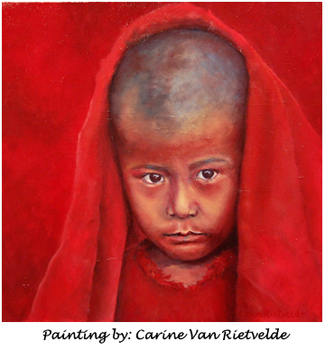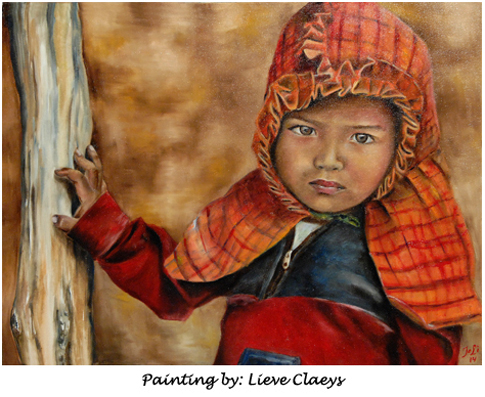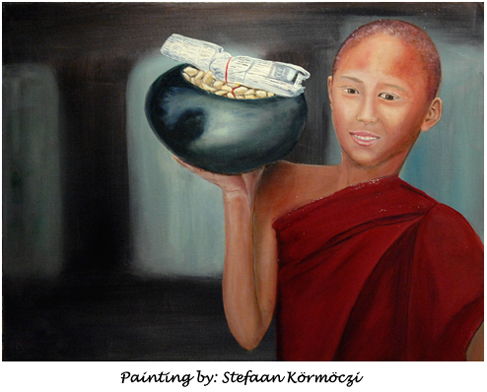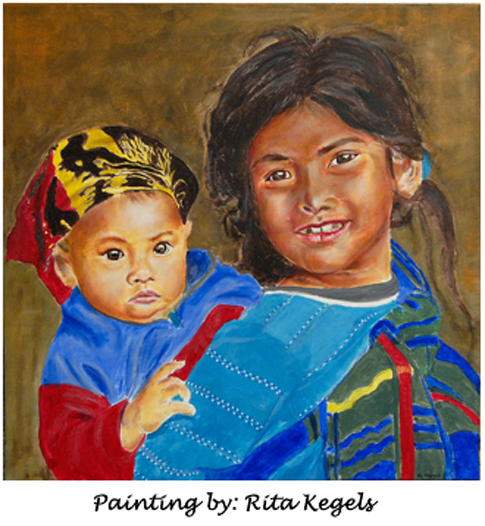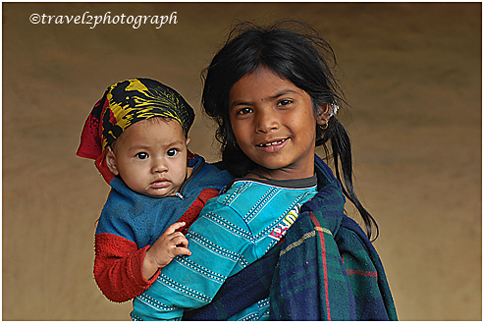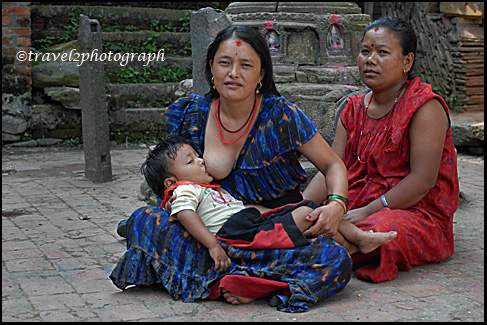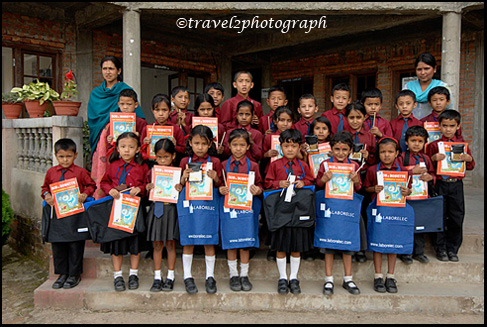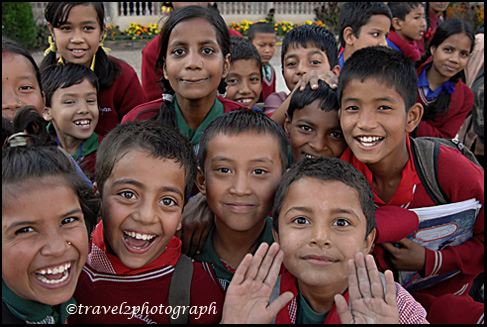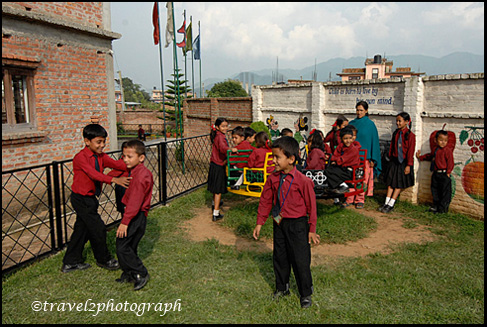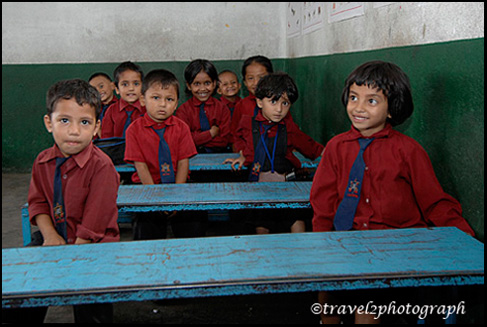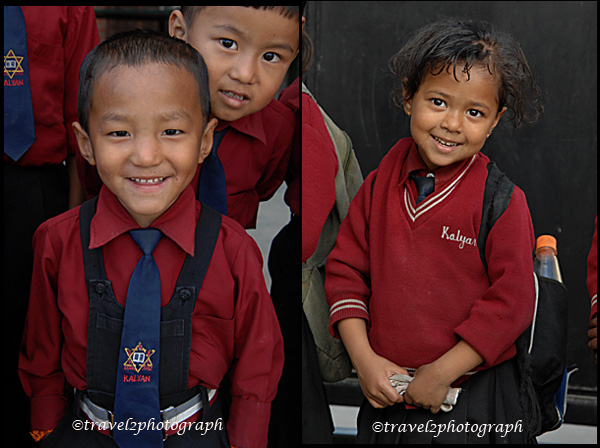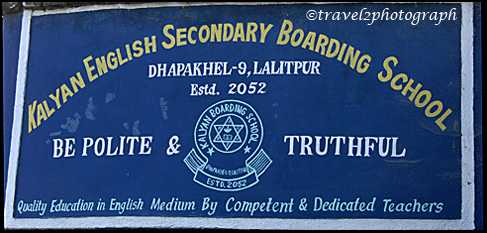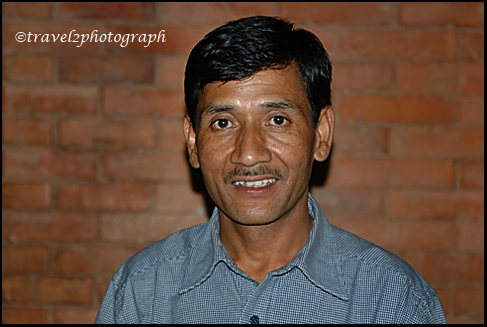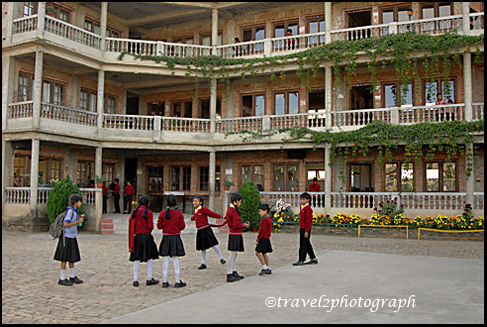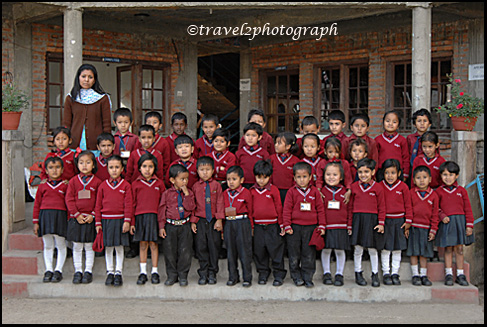The Republic of the Gambia, commonly known as The Gambia, is a country in West Africa. The Gambia is the smallest country on mainland Africa, bordered to the north, east, and south by Senegal, with a short coastline on the Atlantic Ocean in the west. The country is situated around the Gambia River, the nation’s namesake, which flows through the country’s centre and empties into the Atlantic Ocean. Its area is almost 10.500 km² with an estimated population of 1.700.000.

A wide variety of ethnic groups live in The Gambia with a minimum of intertribal friction, each preserving its own language and traditions. The Mandinka tribe is the largest, followed by the Fula, Wolof, Jola, and Sarahule. Approximately 3.500 non-Africans live in The Gambia, including Europeans and families of Lebanese origin. Muslims constitute more than 90% of the population. Christians of different denominations account for most of the remainder. Gambians officially observe the holidays of both religions and practice religious tolerance.


According to the 1993 census, more than 63% of Gambians lived in rural villages, although more and more young people were coming to the capital in search of work and education. Provisional figures from the 2003 census showed that the gap between the urban and rural populations was narrowing as more areas were declared urban. While urban migration, development projects, and modernization are bringing more Gambians into contact with Western habits and values, the traditional emphasis on the extended family, as well as indigenous forms of dress and celebration, remain integral parts of everyday life.


The UNDP’s Human Development Report for 2010 ranks The Gambia 151st out of 169 countries on its Human Development Index, putting it in the ‘Low Human Development’ category. This index compares life expectancy, years of schooling, Gross National Income (GNI) per capita and some other factors. The Constitution mandates free and compulsory primary education in the Gambia, but a lack of resources and educational infrastructure has made implementation difficult. In 1995, the gross primary enrolment rate was 77.1 percent and the net primary enrolment rate was 64.7 percent. School fees long prevented many children from attending school, but in February 1998 the President of the Gambia ordered the termination of fees for the first six years of schooling. Girls make up about 40 percent of primary school students, though the figure is much lower in rural areas where cultural factors and poverty prevent parents from sending girls to school. Approximately 20 percent of school-age children attend Koran schools, which usually have a restricted curriculum.



